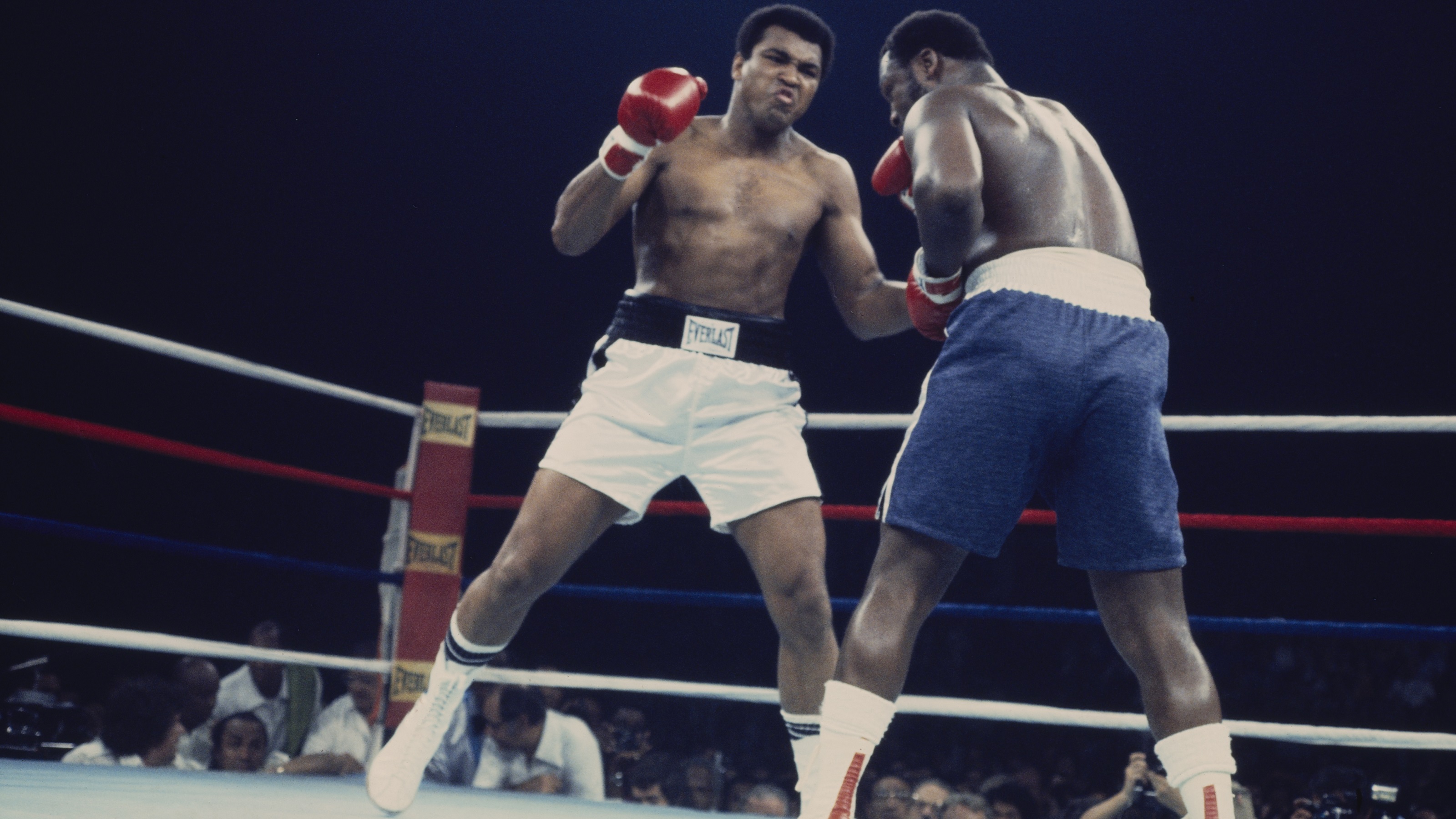
Sotheby’s, the legendary auction house, wrapped up Sports Week in April, its first dedicated foray into sports memorabilia. The piece de resistance of the auction: a signed pair of boxing trunks that Muhammed Ali wore during his “Thrilla in Manila” bout against Joe Frazier.
The fact that Sotheby’s, an auction house whose past sales include a $157.2 million Modigliani and a $139.4 million Picasso, has stepped into the ring with sports memorabilia is a clear declaration: Sports collectibles have made it to the big leagues in investing.
While sports memorabilia has, for the last several decades, generated some major sales and notable headlines, it has largely been viewed as the interest and concern of only a passionate few.
We know that sports fanatics might be willing to spend hundreds of thousands of dollars on a baseball card or Ali’s sweaty white trunks, but would — should? — anyone else be willing to invest?
The answer from Sotheby’s is clear: Yes. (And for major dollar amounts, too.)
While Sotheby’s has traded in some historic sports memorabilia before — its $10 million auction of Michael Jordan’s famed Last Dance game-worn jersey set a record in 2022 — Sports Week is an escalation of that trend.
A growing market
Since the pandemic, demand for sports collectibles has reached new heights, and valuation in the market is expected to have a CAGR of 21.8% over the next decade. Collectors who have held on to memorabilia are now seeing massive returns.
For example, a pair of Jordan’s sneakers worn in his “flu game” during the 1997 NBA finals first went up for auction in 2013, where they sold for a record $104,765 — the most ever paid for a pair of game-worn shoes. But when they came up again in 2023, the shoes sold for $1.38 million. By then, even that was not a record.
It appears we’re witnessing the emergence of a new blue-chip investment class. For the discerning investor, sports memorabilia may be part of a new investment strategy.
Part of it is straightforward logic: The return on sports memorabilia has outpaced the S&P 500 in recent years. If you’re an investor and would like to allocate a portion of your investment money, even a few thousand dollars, investing in a baseball card or other collectibles could be part of a sound allocation strategy.
In recent years, I’ve talked to more than one high-net-worth individual who has chosen to move into sports memorabilia; they’ve never owned a single collectible before, but now have acquired several multimillion-dollar trading cards.
For them, it’s not their passion. It’s an investment opportunity that has shown incredible returns.
Jumping into the collectibles pool
As these wealthy individuals have seen the success that more humble, passion-based collectors have had with certain items, they’ve jumped into the pool, driving up demand and fueling some of these sky-high valuations.
This isn’t a bubble. Sotheby’s wouldn’t be engaging in sports memorabilia at this scale if there wasn’t significant, deep-pocketed demand from its customer base. And the market has been growing for decades.
Back in 1991, hockey great Wayne Gretzky and a business partner bought a premier T206 Honus Wagner card. The near-mint-condition card was sold to Gretzky for just over $450,000. At the time, many people — myself included — thought Gretzky was crazy for spending that much money on a baseball card.
But when it sold again in 2007 — even after an FBI investigation over fraud concerns about the card’s condition — it went for a cool $2.8 million.
Sports collectibles are appreciating like fine art in the modern market. Collectors who purchase and hold on to their piece for multiple years can expect a steady return.
Who you collect is critical
Also like art, who you buy matters.
There’s a difference between purchasing a Van Gogh and some up-and-coming artist — maybe they make it big, maybe they don’t. Similarly, with sports collectibles, items owned by GOATs (greatest of all time) are going to be premium investments. Memorabilia linked to Jordan, Babe Ruth and Ali all have proven demand, even compared to other legends like LeBron James or George Foreman. It’s not that a Larry Bird-worn jersey won’t appreciate, but it’s less likely to fetch the multiple-million-dollar hype that a Jordan jersey will. And Ruth’s jersey, hitting the auction block in August, is expected to fetch $30 million.
Obviously, none of this implies that sports collectibles are some sort of infallible asset class, or without a material degree of risk.
Like all collectibles, sports memorabilia is not going to be a liquid asset. In order to maximize investment, cashing out will require multiple months and working with an auction house. The value of the asset is also subject to the whims of the broader macroeconomic environment, meaning that in times of downturn, demand can evaporate.
There’s another unique risk, too, with sports collectibles: Because the market is growing so dramatically, valuations for certain items can at times be wildly off, making insuring the item more complicated. A pair of Ali ring-worn trunks purchased 10 years ago for $400,000 may actually be worth $4 million at auction today, but if no similar Ali trunks have changed hands in a decade, it’s impossible to say for certain.
As major auction houses turn their attention to sports memorabilia, the moment for collectors appears to have arrived. For the right investors, it may be a new blue-chip opportunity.







